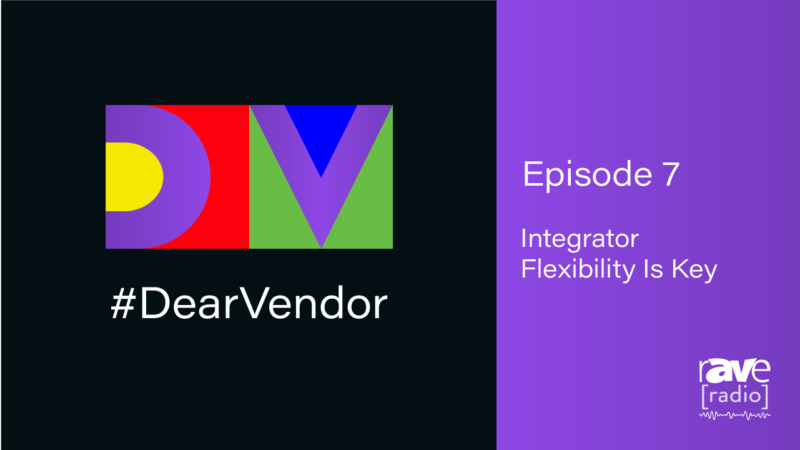Projection Screens in Education Installs: To Skimp or Not to Skimp?
 Every year colleges and universities spend millions of dollars on AV for their presentation spaces and their classrooms. We specify HD projectors with lumens rated from 4,000-8,000. Touch panels and control systems make the technology go, while computers, Blu-Ray players and document cameras create the content. In short, we put a lot of time, thought and money into the entire system.
Every year colleges and universities spend millions of dollars on AV for their presentation spaces and their classrooms. We specify HD projectors with lumens rated from 4,000-8,000. Touch panels and control systems make the technology go, while computers, Blu-Ray players and document cameras create the content. In short, we put a lot of time, thought and money into the entire system.
Then we drop $200 on a pull down screen and call it good.
This has been rattling around my mind for a while. Why do we spend all this time, money and effort to put together rooms, and then skimp on arguably the most important piece — the screen? It really sunk in during a recent conversation with members of our art history department. We had worked to color calibrate all their projectors, and they mentioned that a screen in one of their rooms had a wrinkle in it. It turns out that this particular screen simply had a pencil sharpener sticking in the back of it, which caused the wrinkle. Yet, even after taking the pencil sharpener off the wall the picture was not great. The sides of the screen bent in a little bit and certainly the slightest movement of air would cause the screen to wiggle. I took a minute to contemplate the amount of money we had invested in these rooms, but had largely ignored the screens, simply out of habit and to save some money.
So I learned my lesson, almost. We met recently with the people in our facilities department. They wanted a system to meet with architects, designers and consultants. I put my CTS skills to use and made sure they had a system designed with proper sizes for the detailed view. Then, I was ready to stick in the old pull down screen. Luckily, I was smart enough to have our AV analyst with me on the walk through. He suggested we look into a fixed surface screen. This is one of the few rooms on campus where a fixed screen would work. The results are absolutely amazing. The screen looks fabulous, there are no wrinkles and it does not move a bit with air circulation.
Certainly, not all rooms can take a fixed screen. I cannot think of a single classroom on campus that would use one, as it would block the blackboard or whiteboard. Most of our meetings spaces are the same way. So, why don’t more of us think about tab tensioned screens? I wrote a blog a couple years ago about the frustration I had with tab tensioning (all the tabs were popping off). However, I spoke with a representative from one of the major screen manufacturers about this. He explained that that was a problem in the past with the glue they used, but they now use a different technology to attach the tabs. I have purchased a couple of these new screens and they do, in fact have better adhesiveness.
The other issue we have all the time is with lighting. Whether it is with artificial lighting or natural lighting leaking in, lights on regular screens are a problem. If the lights do not completely wash out the image, they always remove the contrast. But, Draper (and probably other manufacturers) have technology on their screens now that both defray the excess lights, and reflect the projected image, magnifying that light. Draper calls their product TecVision and from the demo I received, it is very impressive. In recent years they have worked particularly hard and getting good contrast and wider viewing angles from their screens. It costs more than your standard pull down screen, but also provides a lot more value.
As the saying goes, you are only as strong as your weakest link. The next time you design a room, think about where your weakest link may be. If it is in your screen, you may be saving pennies by throwing away dollars. InfoComm is right around the corner and that’s a great time to stop by the screen manufacturer booths and talk to them about their new technology. I am interested to hear from others. What do you do for screens? Do you spec out high quality screens that have been planned for the specific design and environment of the room, or do you just put up the cheapest one you get?





